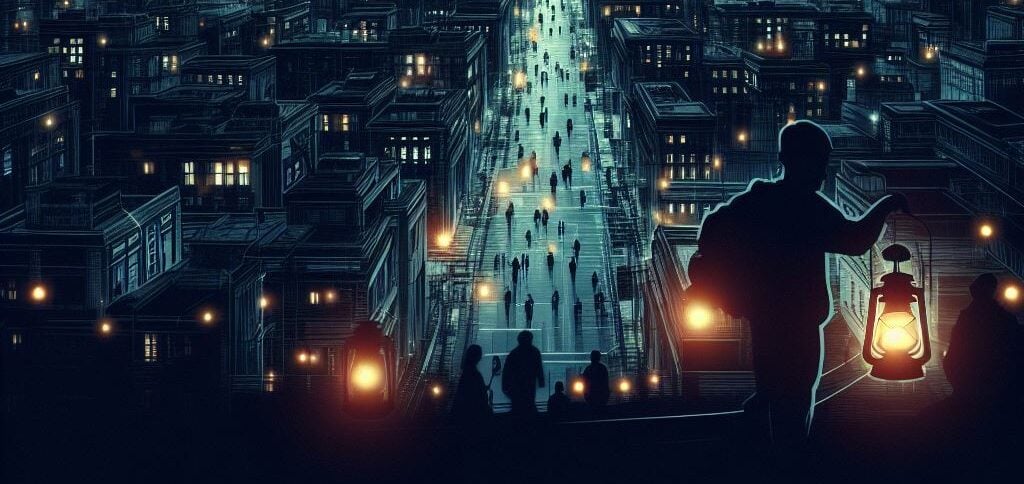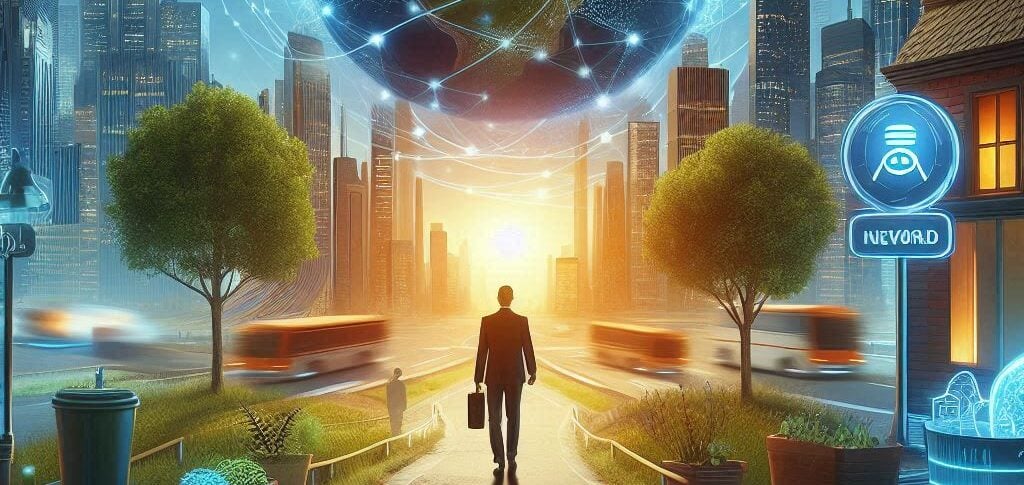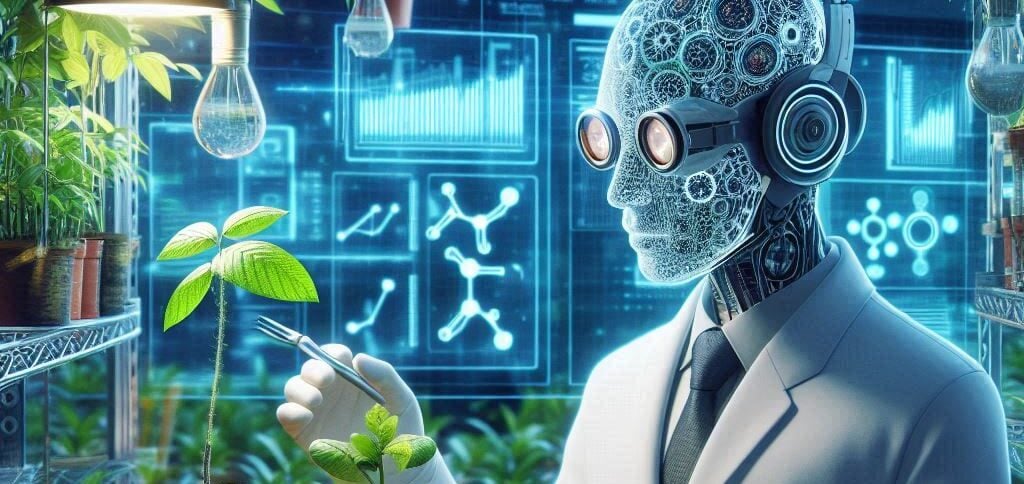Why are they necessary?
The reduction of carbon entails costs for some industries, particularly those that currently rely heavily on fossil fuels, such as steelmaking, or that emit carbon as part of its processes, such as the production of cement and concrete.
ADVERTISING
If a government forces its industry to reduce carbon while others do not, companies based in the country with lax regulations will be able to outperform those in cleaner countries with cheaper products. This could mean that cheaper products will be sold in greater quantities – emitting more carbon in the process – so that there is no overall reduction in carbon released into the atmosphere, while industries in the cleanest countries suffer without climate benefits.
For this reason, governments may impose costs or other barriers on imports. These business regulations are known as carbon border taxes, carbon boundary adjustment mechanisms (CBAMs) ou green tariffs.
With its application, imports of certain products would be subject to taxes that would increase their price, creating equitable conditions between countries where industries are subject to trade regulations. carbon and those where they are not.
ADVERTISING
Why not create a global tariff?
The creation of a global price for carbon – which would be charged to all companies per ton of CO2 produced in their operations – would be a much simpler solution. However, discussions on the topic have been going on for decades, without anything being effectively decided.
For this reason – and due to the climate emergency we are experiencing – some governments have decided to act on their own, creating their own green tariffs.
And what happens now?
The EU took the lead in creating a green tariff (CBAM), by agreeing to make the reporting carbon a requirement in sectors such as iron and steel, cement, fertilizers, aluminum, electricity and hydrogen. If the still provisional agreement is approved, a testing phase will begin from October 2023.
ADVERTISING
The countries most likely to face green tariffs These are those with large consumption of fossil fuels and large polluting export-oriented industries, such as China, Australia, Turkey and India.
Curto curation:
Read also
(🚥): may require registration and/or signature
(🇬🇧): content in English
(*): content in other languages is translated by Google Tradutor
Curto Explain: everything you need to know and are embarrassed to ask!😉
ADVERTISING
Click here to see more explanatory content ⤴️






